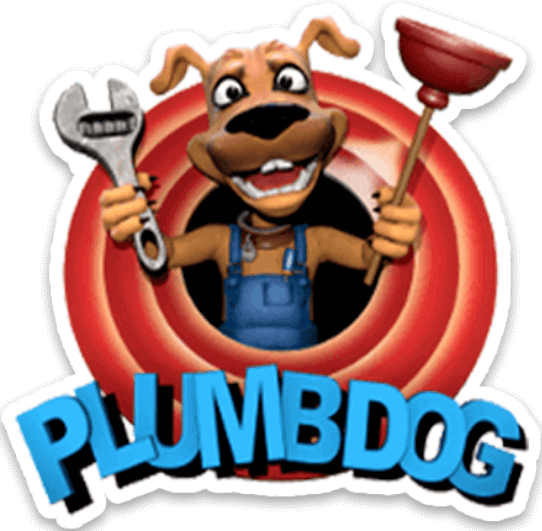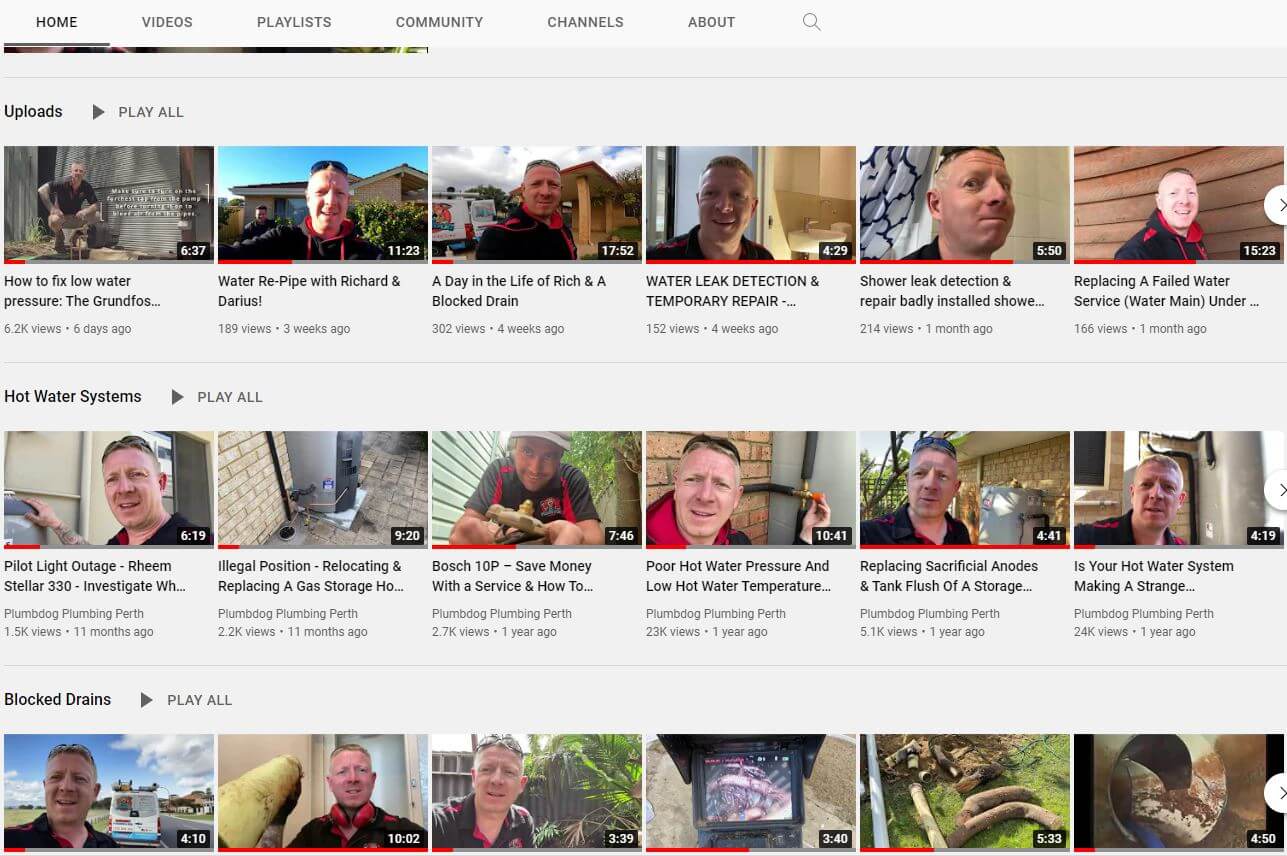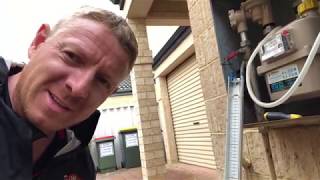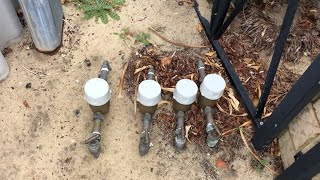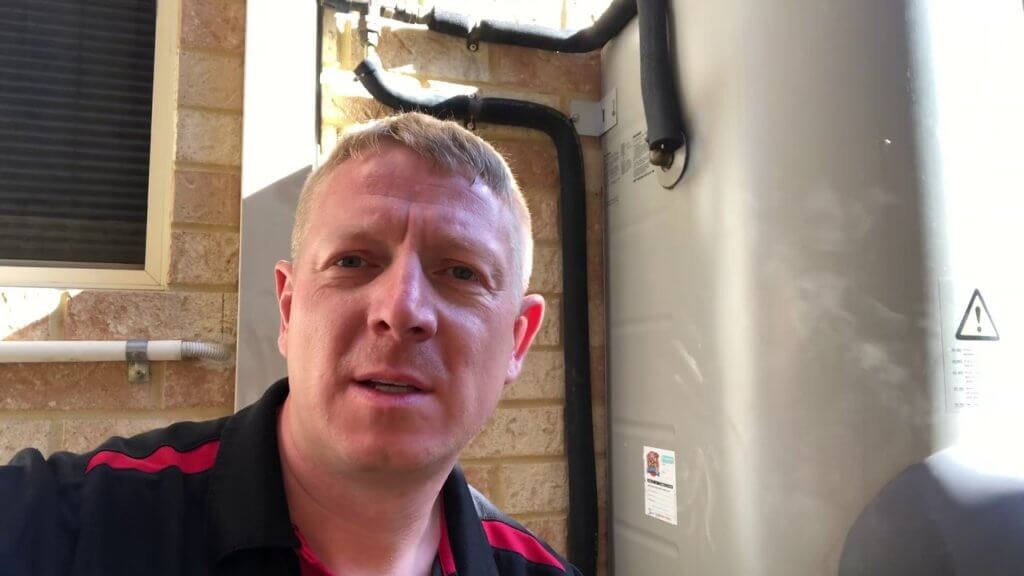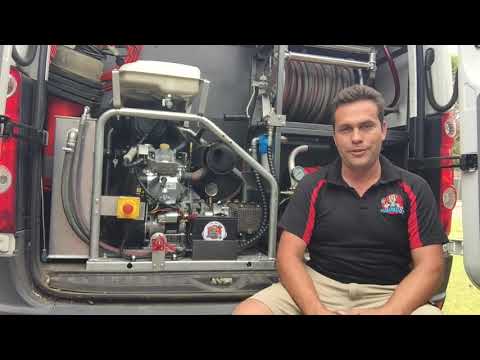- It is important to test for gas leaks before installing a new Hot Water System.
- Plumbdog has All The Gear and Every Idea. Check out more of our VLOGs here!
In today’s video our obedient Plumbdog Rich is on a mission to install a new hot water system on one of the properties in West Australia. Installing a hot water system isn’t as simple as pulling out the old system, putting in the new and leaving it as that. In the video, Rich has tested for a gas leak and the test has failed.
In his first attempt, Richard checks for a gas leak before installing the new Hot water system. It is a safe thing to do as it saves the plumber unnecessary work if he detects a gas leak after the installation is complete and helps to know if the gas leak is a result of the new works completed or whether there was an existing problem. It is up to the gas fitter to ensure that there are no gas leaks when they replace an appliance. Our Plumbdogs are licensed gas plumbers/gas fitters.
The Gas Leak Test
To get started, he opens the gas meter and joins the testing kit to it, and turns on the gas. The gas at this property has been capped off and once he gets removes the disk stopping the gas at the meter, he notices a full drop in the gas pressure. Alas, the investigation failed!
The next step is to determine the reason behind the failure.
Soon he figures out that the old water system is damaged due to corrosion and has fallen from the wall which is the most likely cause of the gas leak.
After installing the new hot water system, another leak test is conducted. He attaches the testing equipment to the gas meter and turns on the gas. As the gauge reads 2.4kpa, he slowly turns the gas off and analysis the result.
In this test, the gas pressure does not drop rapidly like it did previously before installing the new hot water system. Observing for for 5 minutes, if the pressure doesn’t drop we can be comfortable that there isn’t a gas leak.
If you’re getting a new hot water system installed at your property, make sure the plumber does an initial test. In the event that there is a leak after the new system is installed, you will know whether there was already a leak or whether a new problem has occurred after the new unit is installed.
For more informative content, stay tuned to our channel, and hit the like & subscribe button on our YouTube channel, so that you get notified every time we upload a video.
